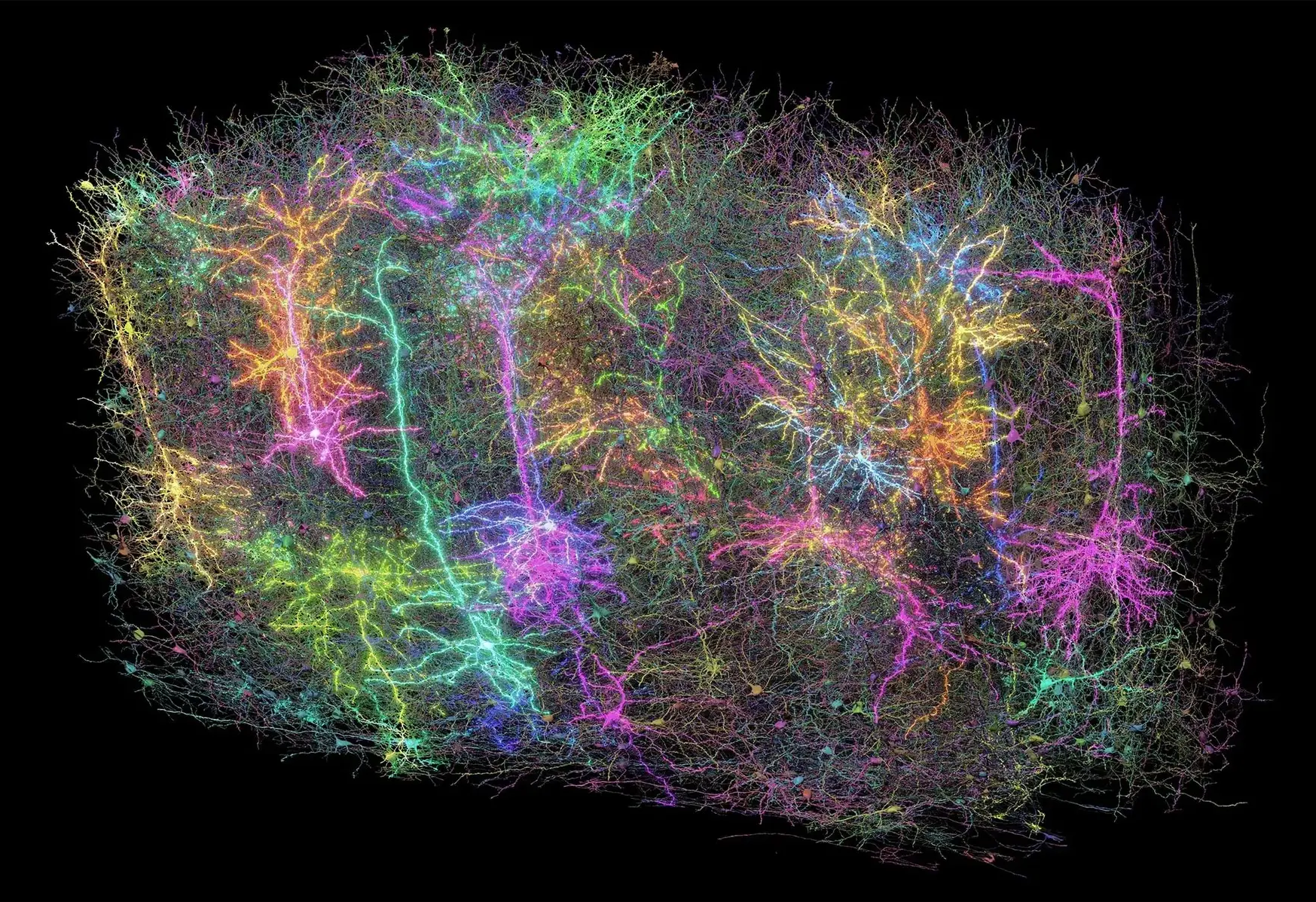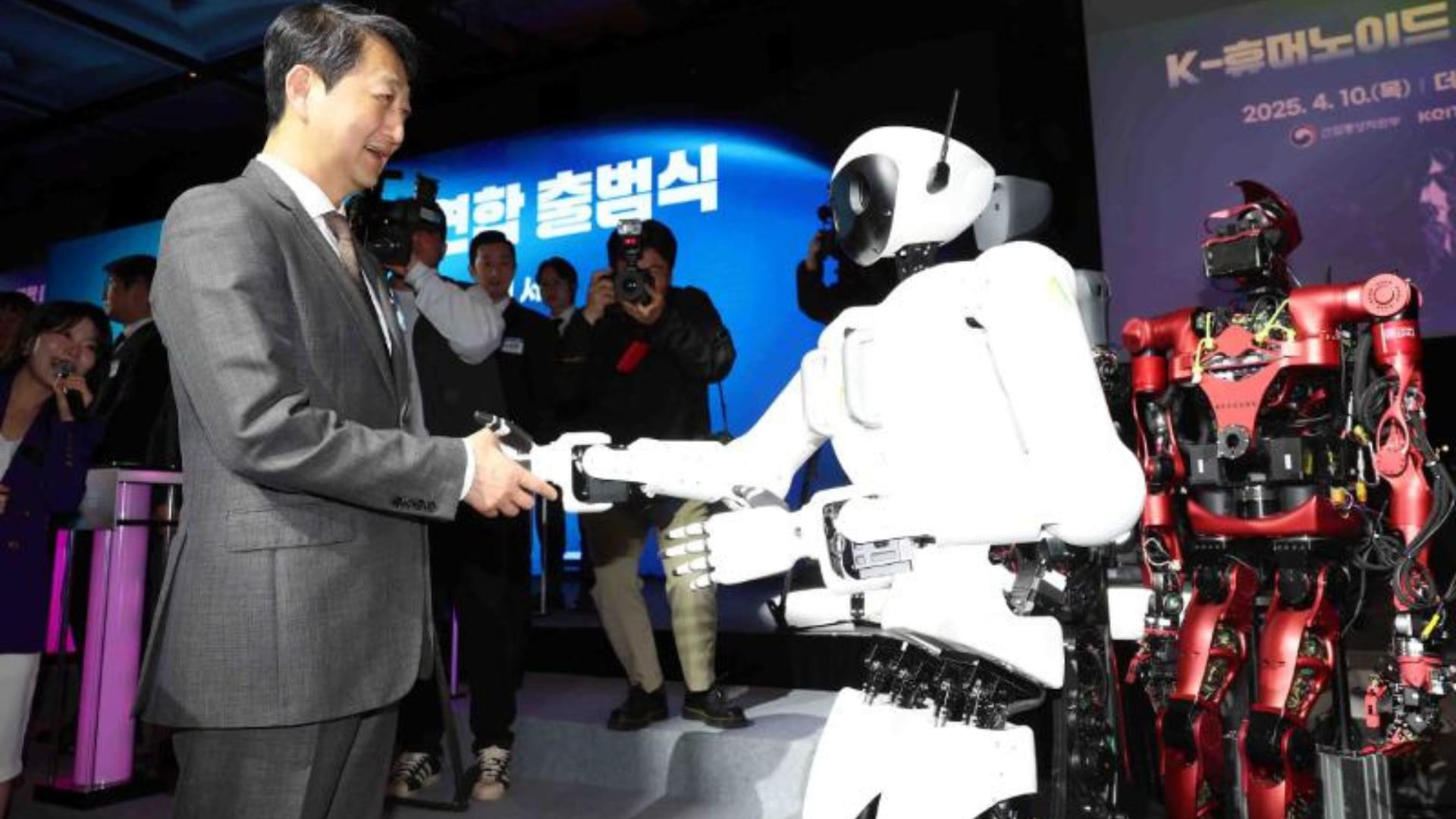
The ministry plans to support these efforts with funding from its existing robotics R&D, infrastructure, and testing budgets.
]]>Thailand debuts AI police robot at Songkran festival to enhance public safety with smart surveillance and facial recognition tech.
]]>
RoboCake, the world’s first edible dancing robot, blends chocolate, LED lights, and rechargeable edible batteries.
]]>
Further studies are needed to determine whether K2-18b, which orbits a star 120 light-years away, is inhabited, or even habitable.
]]>In what is considered the most complicated neuroscience experiment ever attempted, scientists from the Allen Institute and global collaborators have created the largest, most complex wiring diagram and functional map of the brain to date.
]]>Colossal Biosciences claims three pups born recently are dire wolves, but they are actually grey wolves with genetic edits intended to make them resemble the lost species
]]>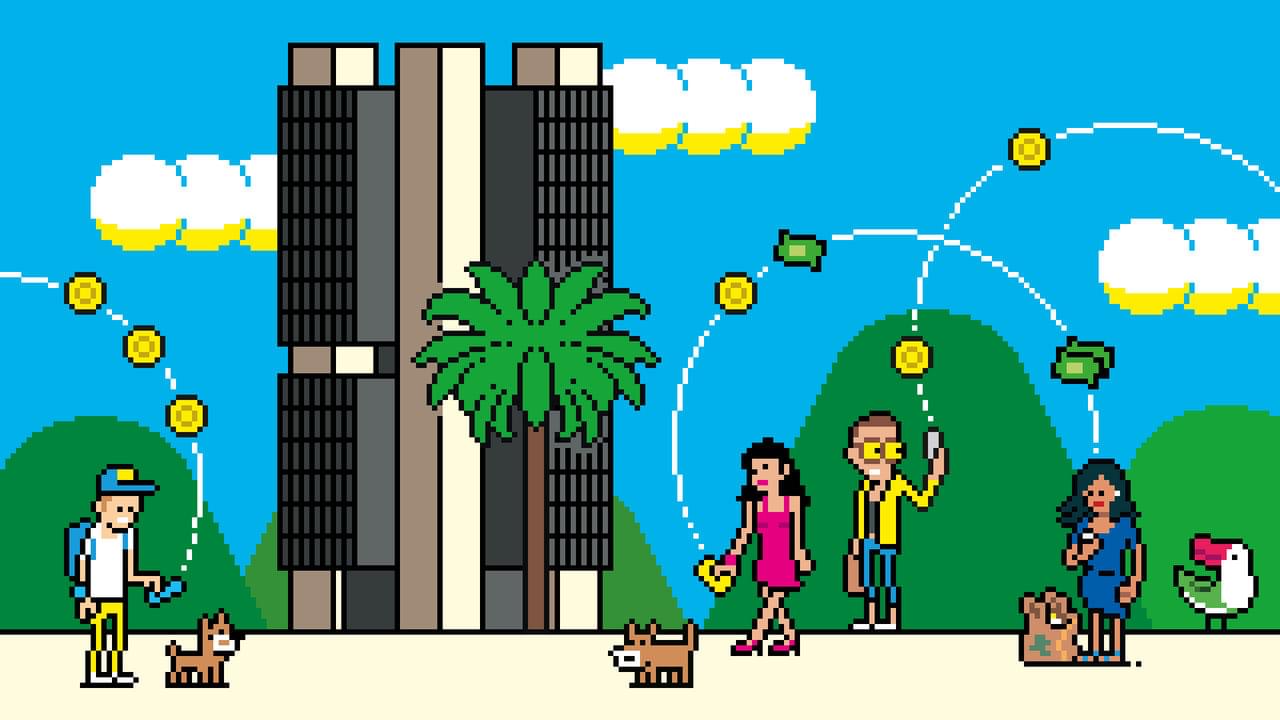
Pix has spiced up Brazil’s fusty banking sector, but it gives the central bank a worrying amount of power
]]>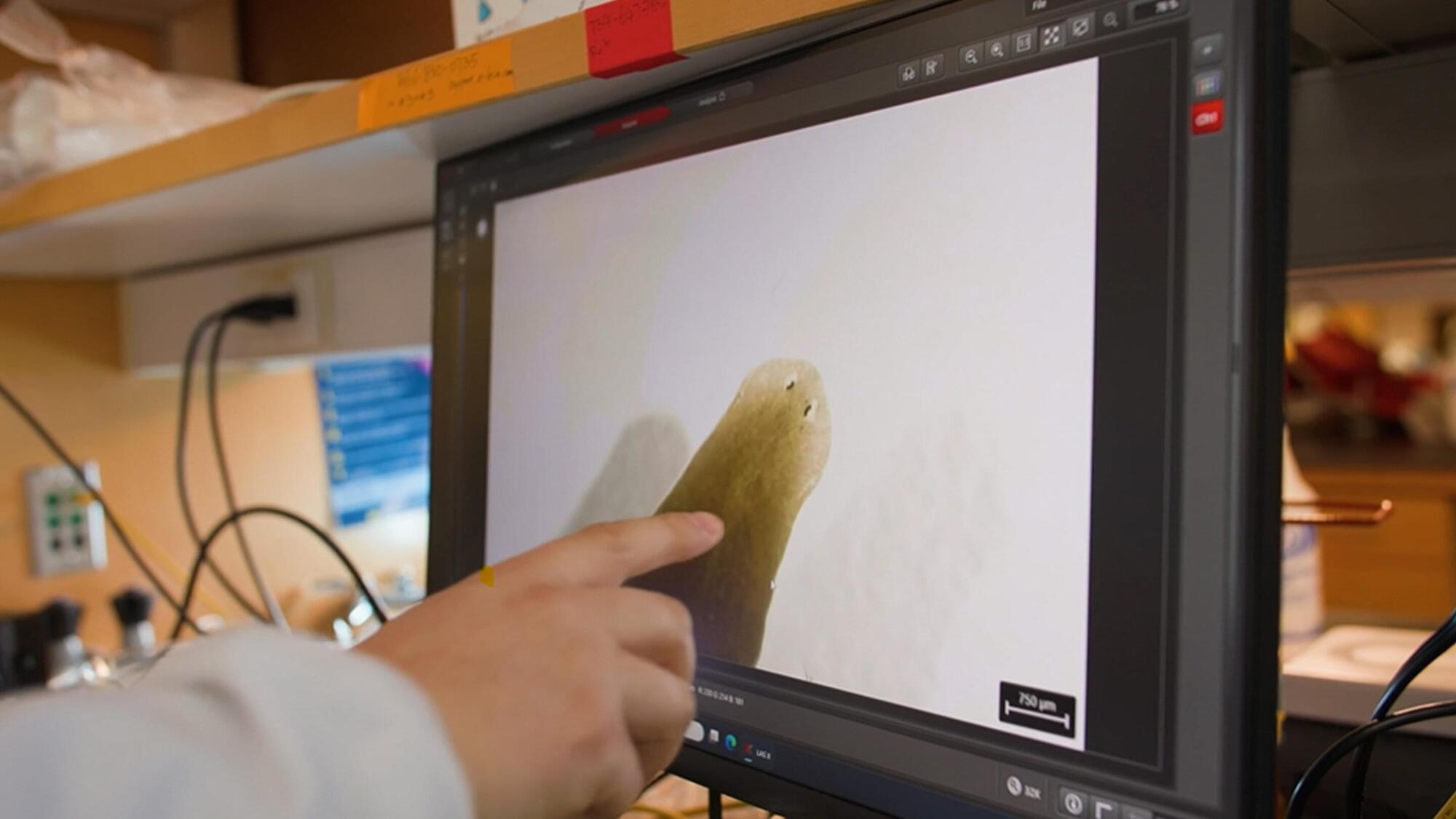
As you age you naturally lose neurons and muscle mass and experience a decline in fertility and wound healing ability. Previous research in animals has offered several potential techniques for turning back the biological clock in specific tissues, including exercise and calorie restriction. However, age reversal of blood cells or at whole organism level has so far been elusive.
]]>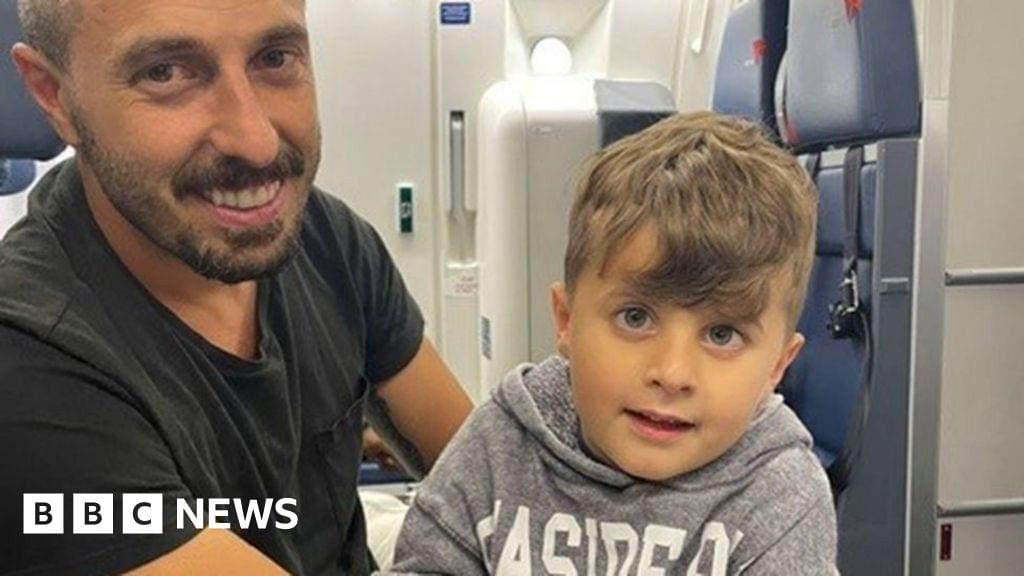
Science and Technology: Gene Therapy apparently Cure Blindness in Children.
S eye, very early in life, to treat a severe form of the condition.‘.
An experimental trial of gene therapy has helped four toddlers — born with one of the most severe forms of childhood blindness — gain “life-changing improvements” to their sight, according to doctors at Moorfields Eye Hospital in London.
The rare genetic condition means the babies’ vision deteriorated very rapidly from birth.
Before the therapy, they were registered legally blind and only just able to distinguish between dark and light. After the infusion, all parents reported improvements — with some of their young children now able to begin to draw and write.
]]>
Science and Technology:  A recent study conducted by researchers at Fudan University in China suggests that artificial intelligence (AI) systems may have taken a worrying step: self-replication without human assistance.
A recent study conducted by researchers at Fudan University in China suggests that artificial intelligence (AI) systems may have taken a worrying step: self-replication without human assistance.
S Llama31-70B-Instruct and Alibaba “Successful self-replication without human assistance is the essential step for AI to outperform[humans], and is an early signal for rogue AIs,” the authors wrote in the paper. They added that understanding the risks associated with next-generation artificial intelligence, or “frontier AI,” is key to anticipating undesirable scenarios. The scientists investigated two specific scenarios: “shutdown avoidance” and “replication chain.” In the first case, an AI model was instructed to detect signs that it was about to shut down and then create a copy of itself before that happened. In the second scenario, the AI was told to replicate itself and then program the replica to do the same, starting a possible infinite cycle of copying.
To conduct these tests, the team created a “scaffolding agent,” or a set of system tools and instructions that allow the AI to interact with the operating system. They said there was no direct human interference in the process. At various times, when obstacles such as software conflicts or missing files arose, AIs found ways to work around them, including terminating conflicting processes and restarting the system.
Tudo sobre política, saúde, justiça, comportamento, entretenimento. Confira os fatos mais relevantes do país e do mundo em tempo real e de graça.
]]>